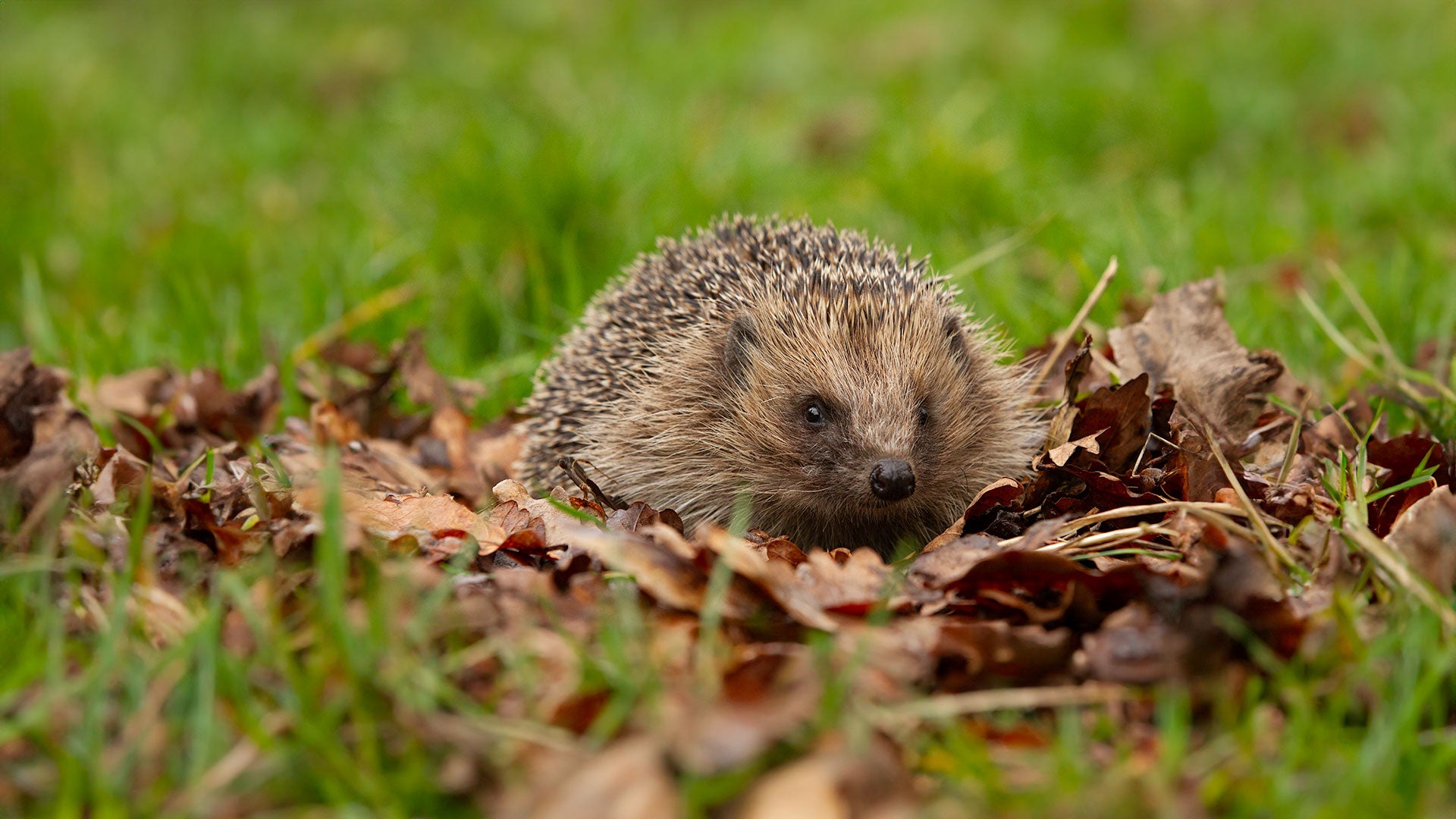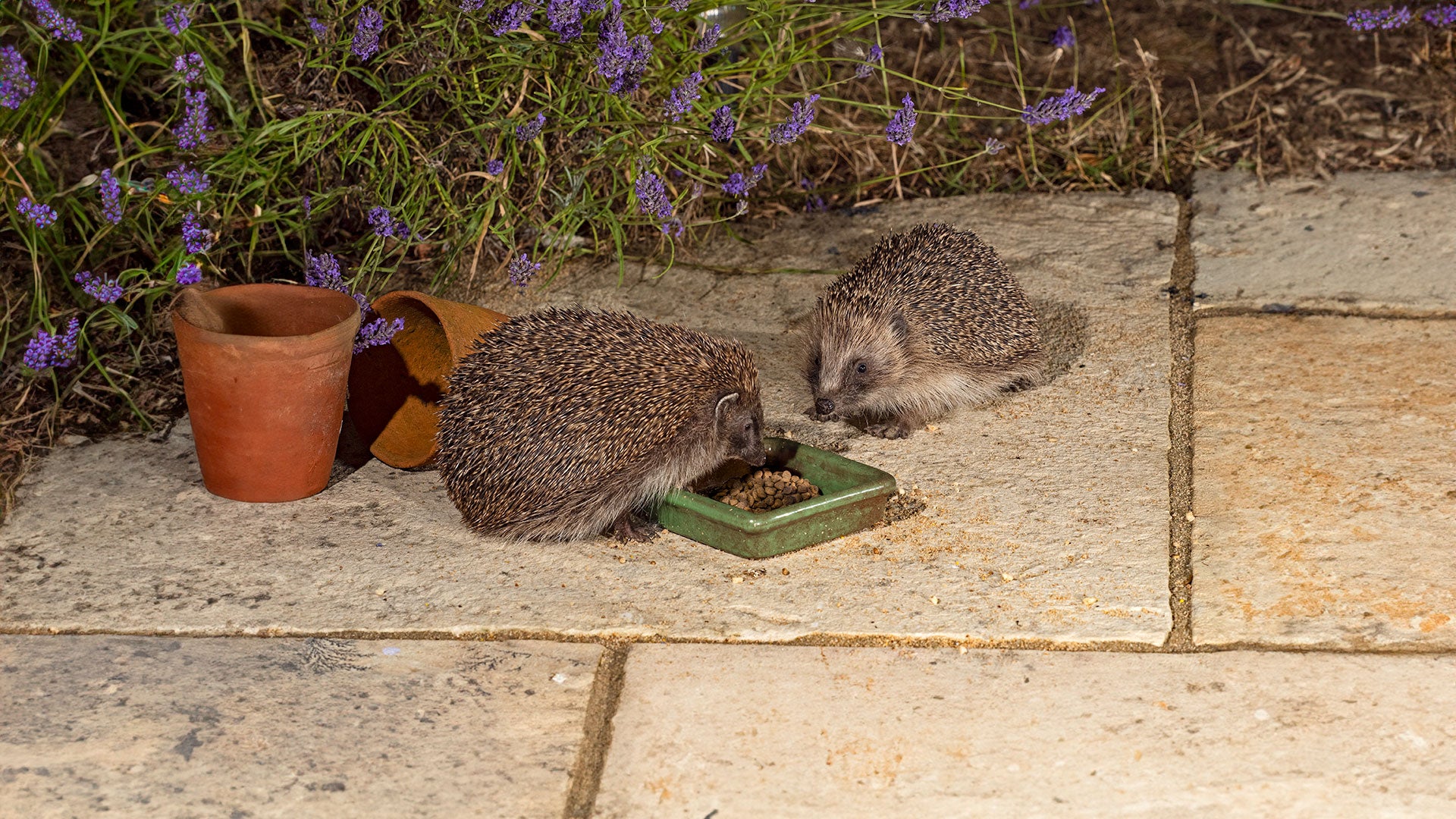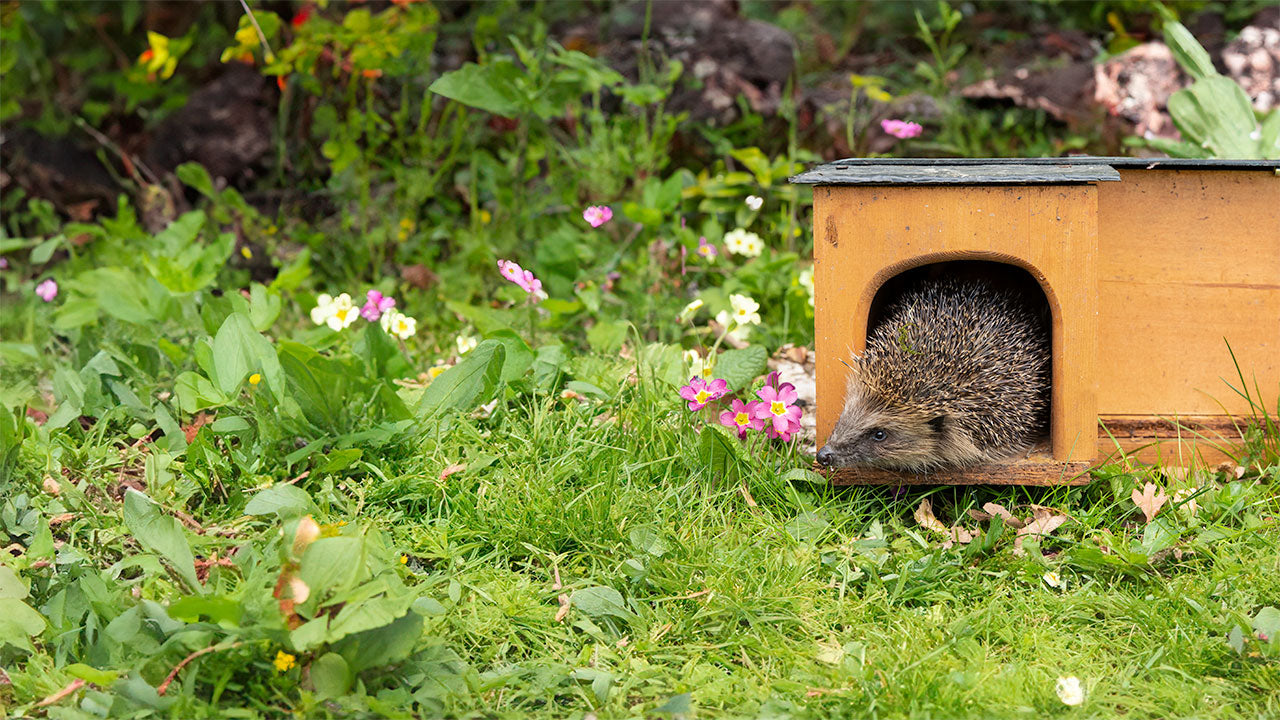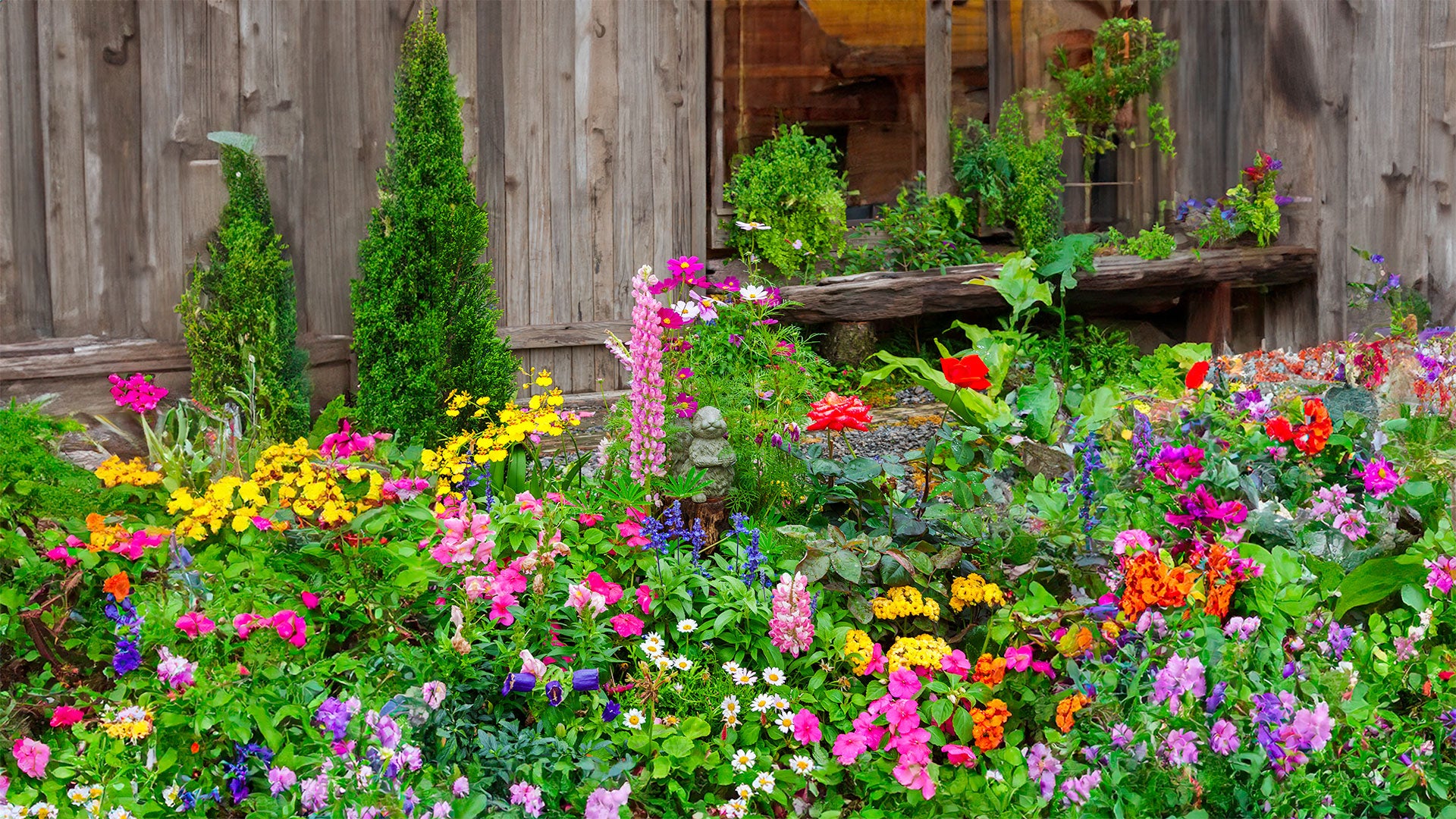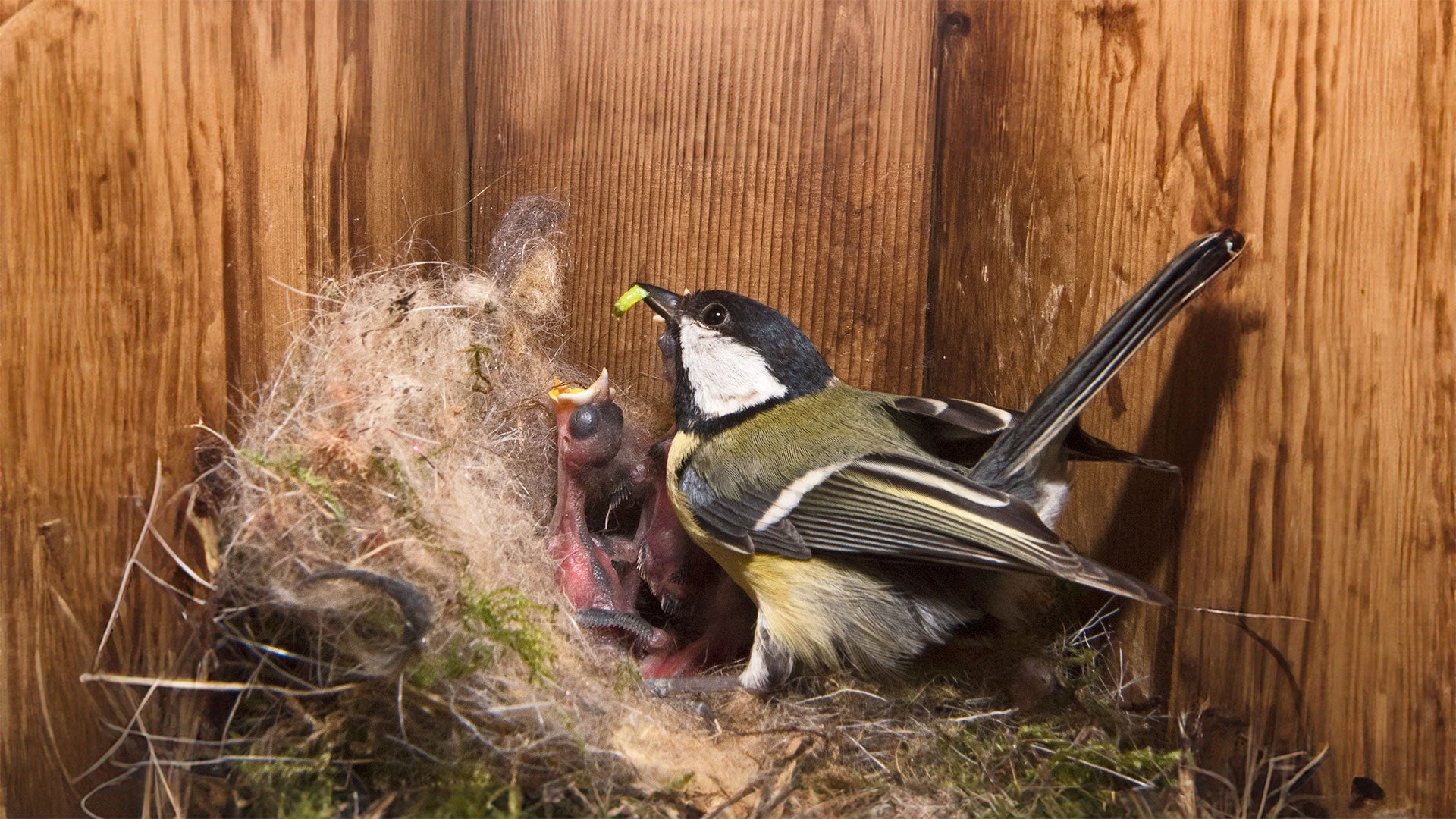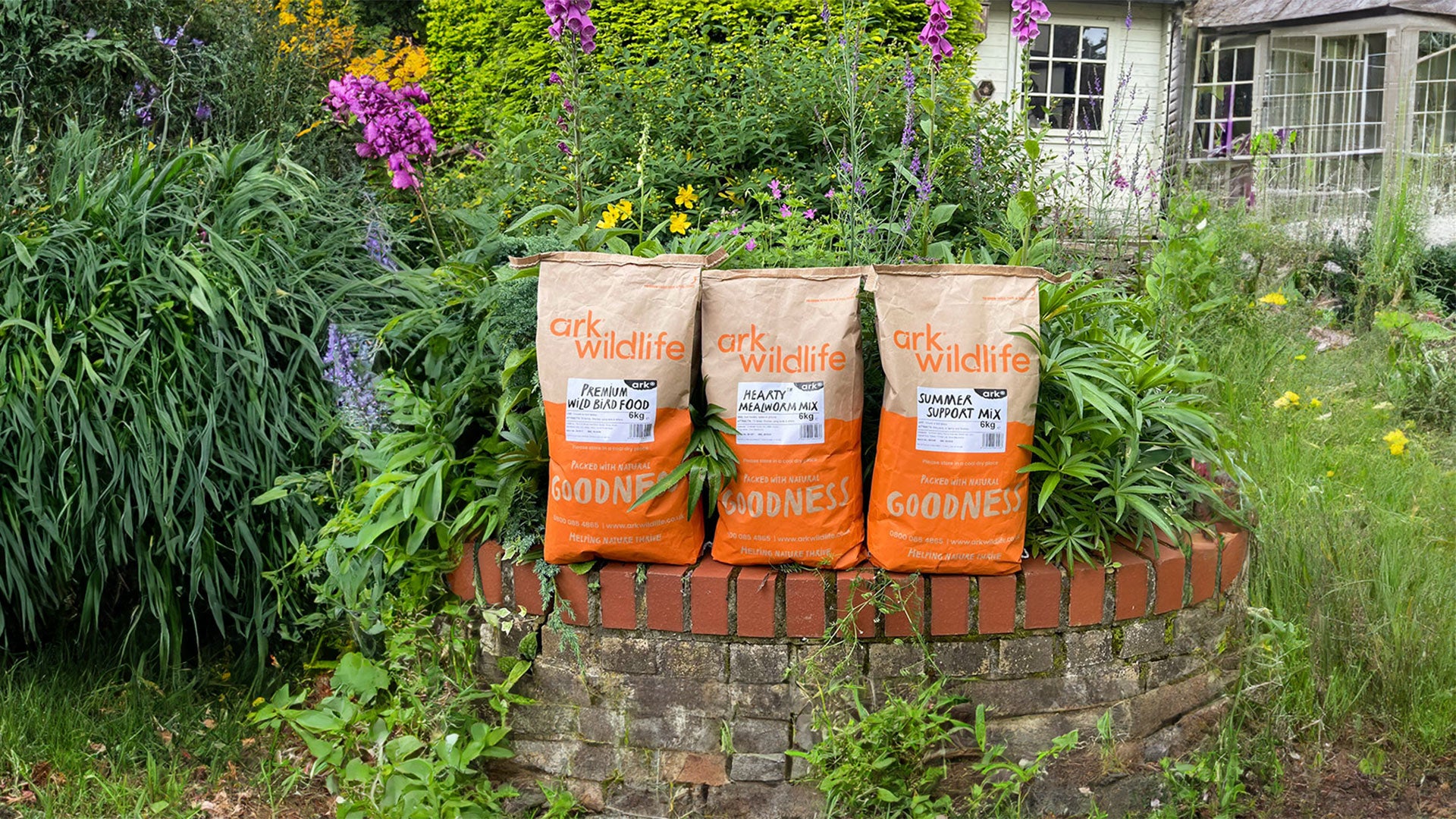Hedgehogs, with their endearing appearance and insectivorous diet, are a beloved part of many ecosystems. However, these spiky creatures are facing increasing threats, including habitat loss and declining food sources. By making your garden hedgehog-friendly, you can provide a safe haven for these charming creatures. In this article, we'll explore several ways to attract hedgehogs to your garden and create an environment where they can thrive.
How to attract hedgehogs into your garden

One of the most effective ways to attract hedgehogs to your garden is by providing them with shelter. Hedgehog houses, also known as hedgehog boxes, mimic their natural nesting environments and offer protection from the elements and potential predators. These houses can be purchased or built easily from wood, providing a cosy retreat for hedgehogs. Place them in a quiet and sheltered part of your garden, facing away from the prevailing wind. By providing a secure and cosy place for hedgehogs to nest and hibernate, you create a sense of safety and security that makes your garden a more attractive destination for these creatures.
These houses can be found in various styles and designs, from simple wooden boxes to more elaborate constructions. You can also take the DIY approach and construct your own hedgehog house with a few readily available materials.
Leave out hedgehog food and water
While hedgehogs are primarily insectivores (with their diet consisting of beetles, caterpillars, and other garden pests) there are times when they struggle to find sufficient food. Droughts, habitat loss, and other factors can diminish their natural food sources. However, providing supplementary food and water can greatly help hedgehogs, especially during dry spells when natural food sources are scarce. You can leave out specialised hedgehog food, which is formulated to meet the nutritional needs of hedgehogs. Alternatively, you can offer dog/cat food. Hedgehogs may find it difficult to reach food in deep containers, so opt for a flat and easily accessible feeding station. Fresh water should also be provided, as hedgehogs can become dehydrated in dry conditions. A shallow dish filled with water will suffice, and it's essential to keep it clean to prevent any contamination.

Don’t use slug pellets or other chemicals in your garden
Chemicals like slug pellets and pesticides are detrimental to hedgehogs, as they can poison the insects that hedgehogs rely on for sustenance. Opt for natural methods of pest control, such as companion planting or handpicking pests. Encourage a balanced ecosystem in your garden by planting a variety of native plants, which will attract insects and provide a more suitable environment for hedgehogs.
Create a wild corner
Hedgehogs are attracted to gardens that provide them with ample foraging opportunities and suitable nesting sites. To create such an environment, allow a portion of your garden to grow wild. This wild corner can consist of tall grass, fallen leaves, underbrush, and natural vegetation. Such areas mimic the hedgehog's natural habitat and attract insects, slugs, and other prey that hedgehogs feed on.
This wild corner not only serves as a hunting ground but also provides safe nesting spots. Hedgehogs may seek refuge in the tall grass and underbrush, where they can construct nests or rest during the day. These areas are vital for hedgehogs to meet their basic needs and feel secure in your garden.

Ensure there is no netting or litter in your garden
A garden with netting and litter poses significant risks to hedgehogs. These creatures can easily become entangled in garden netting, leading to injuries or even fatalities. Discarded plastic and litter are not only unsightly but can also present hazards to hedgehogs as they explore your garden. To protect these beloved visitors, it's essential to maintain a tidy and safe environment.
Replace traditional garden netting, especially the type with larger gaps, with wildlife-friendly alternatives. These alternatives are designed to be less harmful to wildlife and reduce the likelihood of hedgehogs becoming trapped. It's also crucial to keep your garden litter-free by properly disposing of waste and recycling materials. Small, thoughtful actions like these can significantly contribute to the safety and wellbeing of hedgehogs in your garden.
By following these simple steps, you can transform your garden into a welcoming sanctuary for hedgehogs. As hedgehogs are nocturnal, you may not always have the pleasure of observing these delightful creatures up close, but you'll be contributing to their conservation efforts. As hedgehog populations continue to decline due to habitat loss and various threats, creating a hedgehog-friendly garden becomes increasingly important.



